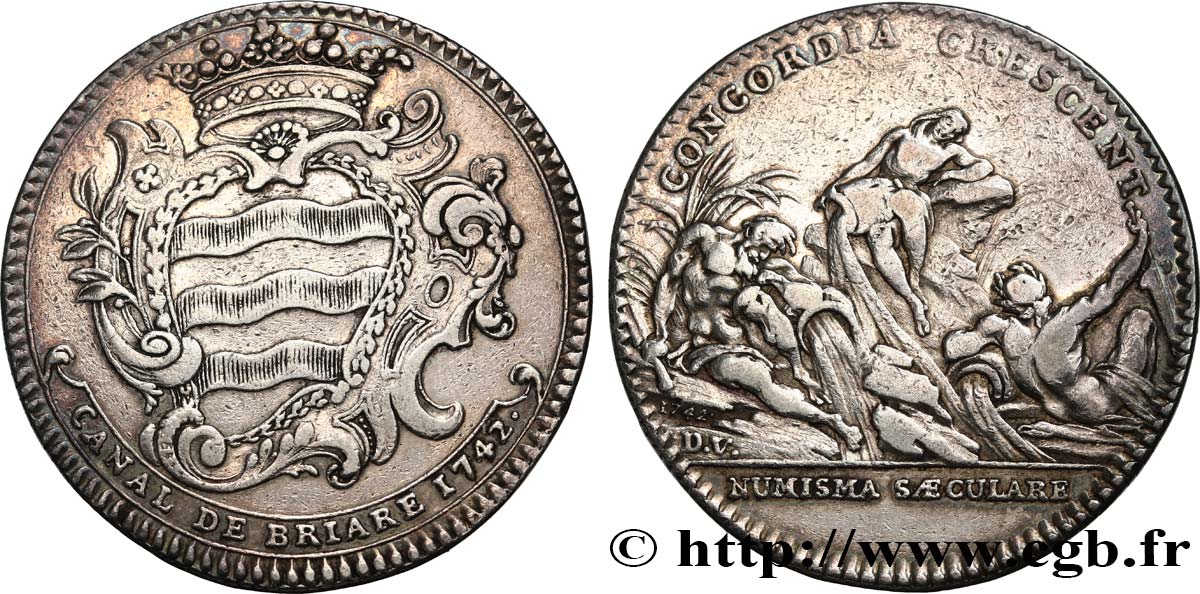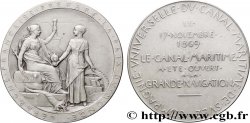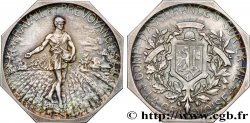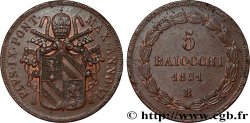Live auction - fjt_581562 - CANALES Y TRANSPORTE FLUVIAL Canal de Briare et Louis-Antoine de Pardaillan-Gondrin d’Antin 1742
Usted debe firmar y ser un comprador aprobado para pujar, Inicia sesión para pujar. Las cuentas están sujetas a la aprobación y el proceso de aprobación se alcanzan dentro de las 48 horas. No espere hasta el día en una venta se cierra el registro.Al hacer una oferta en este artículo usted está firmando un contrato jurídicamente vinculante para comprar este artículo y haga clic en «oferta» constituye una aceptación de los términos de uso de live auctions de cgb.fr.
La subasta debe ser colocado en euros enteros cantidades venta only.The se cerrará en el momento en la descripción del artículo, no se ejecutarán las ofertas recibidas en el sitio después de la hora de cierre. Veces Transmition pueden variar y las ofertas pueden ser rechazadas si espera a los últimos segundos. Para más información envie el FAQ Live auction.
Las ofertas ganadoras estarán sometidas a un 18% IVA incluido por gastos de participación a la venta.
Las ofertas ganadoras estarán sometidas a un 18% IVA incluido por gastos de participación a la venta.
| Valoración : | 110 € |
| Precio : | no oferta |
| Oferta más alta : | no oferta |
| Fecha de fin de la venta : | 25 octubre 2022 19:07:19 |
Tipo : Canal de Briare et Louis-Antoine de Pardaillan-Gondrin d’Antin
Fecha: 1742
Metal: plata
Diámetro: 32 mm
Eje de acuñación: 12 h.
Peso: 14,24 g.
Canto: cannelée
Grado de rareza: R1
Comentarios sobre el estado de conservación:
Très bel exemplaire
N° en los catálogos de referencia :
Anverso
Titulatura del anverso: CANAL DE BRIARE 1742.
Descripción del anverso: Armes de Louis de Pardaillan de Gondrin d'Antin ; au-dessous sur une banderole :.
Reverso
Titulatura del reverso: CONCORDIA CRESCENT - À L'EXERGUE : NUMISMA SÆCULARE.
Descripción del reverso: Trois fleuves couchés renversant leurs urnes ; signature D.V. et date 1742 ; .
Traducción del reverso: (En confluant, ils grossissent).
Comentario
Louis Antoine de Pardaillan de Gondrin, marquis de Montespan, marquis puis duc d’Antin (1665-1736) est le fils légitime de Louis-Henri de Pardaillan et de Françoise-Athénaïs de Rochechouart avant que celle-ci ne devienne la maîtresse du roi. Sa carrière militaire fut brillante, il est maréchal de camp en 1696 puis lieutenant général en 1703. En récompense de ses actions le roi le fait gouverneur d’Orléans et de l’Orléanais en 1707. Il succède à Mansart en 1708 à la surintendance des Bâtiments.
Le canal de Briare est un des plus anciens canaux de France et le premier de type canal à bief de partage.
Avec les cinquante-quatre kilomètres de son parcours et ses trente-huit écluses, en suivant principalement la vallée du Loing, il relie le canal du Loing, depuis le hameau de Buges dans le Loiret (non loin de Montargis), à la Loire et au Canal latéral à la Loire à Briare. Il permet à la navigation de relier les rivières de Loire et de Seine. C'est le prototype de tous les canaux modernes.
La suite à http://fr.wikipedia.org/wiki/Canal_de_Briare.
Louis Antoine de Pardaillan de Gondrin, Marquis de Montespan, Marquis then Duke of Antin (1665-1736) was the legitimate son of Louis-Henri de Pardaillan and Françoise-Athénaïs de Rochechouart before she became the king's mistress. He had a brilliant military career, becoming a field marshal in 1696 and then lieutenant general in 1703. As a reward for his actions, the king made him governor of Orléans and the Orléanais in 1707. He succeeded Mansart in 1708 as superintendant of buildings. The Briare Canal is one of the oldest canals in France and the first of the dividing-race canal type. With its fifty-four kilometers of course and its thirty-eight locks, mainly following the Loing Valley, it connects the Loing Canal, from the hamlet of Buges in Loiret (not far from Montargis), to the Loire and to the Canal latéral à la Loire at Briare. It allows navigation to connect the Loire and Seine rivers. It is the prototype of all modern canals. The rest at http://fr.wikipedia.org/wiki/Canal_de_Briare
Le canal de Briare est un des plus anciens canaux de France et le premier de type canal à bief de partage.
Avec les cinquante-quatre kilomètres de son parcours et ses trente-huit écluses, en suivant principalement la vallée du Loing, il relie le canal du Loing, depuis le hameau de Buges dans le Loiret (non loin de Montargis), à la Loire et au Canal latéral à la Loire à Briare. Il permet à la navigation de relier les rivières de Loire et de Seine. C'est le prototype de tous les canaux modernes.
La suite à http://fr.wikipedia.org/wiki/Canal_de_Briare.
Louis Antoine de Pardaillan de Gondrin, Marquis de Montespan, Marquis then Duke of Antin (1665-1736) was the legitimate son of Louis-Henri de Pardaillan and Françoise-Athénaïs de Rochechouart before she became the king's mistress. He had a brilliant military career, becoming a field marshal in 1696 and then lieutenant general in 1703. As a reward for his actions, the king made him governor of Orléans and the Orléanais in 1707. He succeeded Mansart in 1708 as superintendant of buildings. The Briare Canal is one of the oldest canals in France and the first of the dividing-race canal type. With its fifty-four kilometers of course and its thirty-eight locks, mainly following the Loing Valley, it connects the Loing Canal, from the hamlet of Buges in Loiret (not far from Montargis), to the Loire and to the Canal latéral à la Loire at Briare. It allows navigation to connect the Loire and Seine rivers. It is the prototype of all modern canals. The rest at http://fr.wikipedia.org/wiki/Canal_de_Briare








 Informar de un error
Informar de un error Imprimir la página
Imprimir la página Comparte mi selección
Comparte mi selección Haz una pregunta
Haz una pregunta Consignar / vender
Consignar / vender
 Descriptivo
Descriptivo













